Bookbinding culture has reached Japan from China. Nevertheless, there are many differences between Japanese and Chinese books. The main reason is that printing technology has spread faster in China than in Japan.
In China as well as in Korea, where people began to print books much earlier, books were bound in such way that was most convenient for the printing process. The situation was quite different in Japan, where texts were copied in manuscript form. Here, books were bound in a variety of ways, depending on the content and the purpose of the book. This way, many unique bookbinding styles came to fruition.
5 most popular bookbinding methods in Japan:
- Kansusō – scroll binding;
- Orihon – concertina or accordion-style binding;
- Detchōsō – oriental style binding or pasted paper leaf binding;
- Tetsuyōsō – multisection binding;
- Fukurotoji – bound-pocket or pouch binding.
In the first three binding methods glue is used to bind the pages of the book, whereas the last two binding methods are executed using a thread.
Kansusō binding
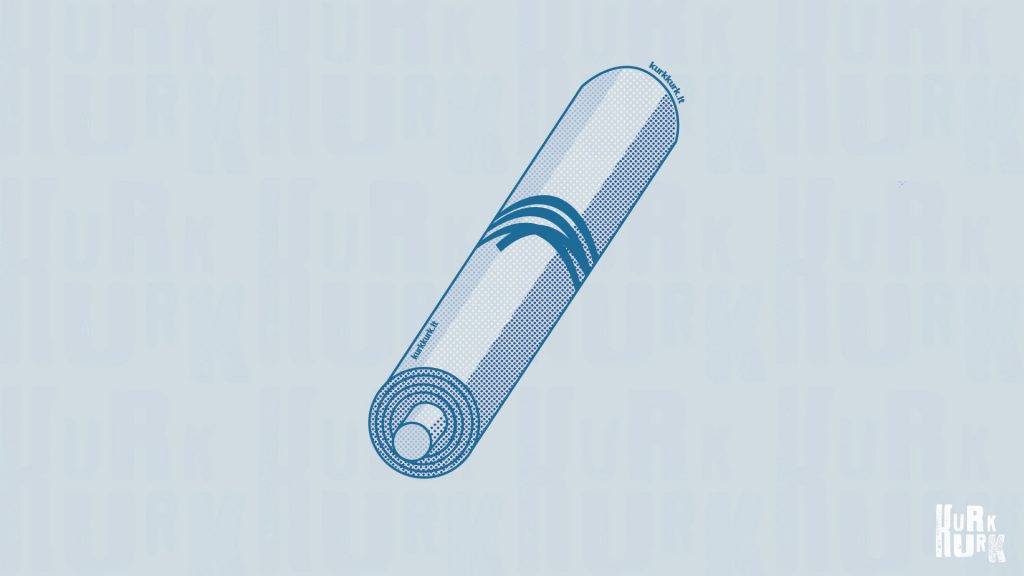
Scrolls (kansusō) were produced by gluing sheets of paper together in one long strip. The cover sheet was glued on one side of the strip, and on the other side a roller (jiku) was attached. The strip is later rolled up around the roller. The parts of the roller, that stick out from the paper are called jikugashira (roller-heads). The outer edge of the cover is folded inwards to form a tube called hassō through which a half-moon shaped bamboo dowel is inserted. The purpose of this dowel is to help the cover fit snugly onto the scroll when it is wrapped. After the scroll is wrapped around the roller, it is then bound with a special string which is attached to a tube (hassō).
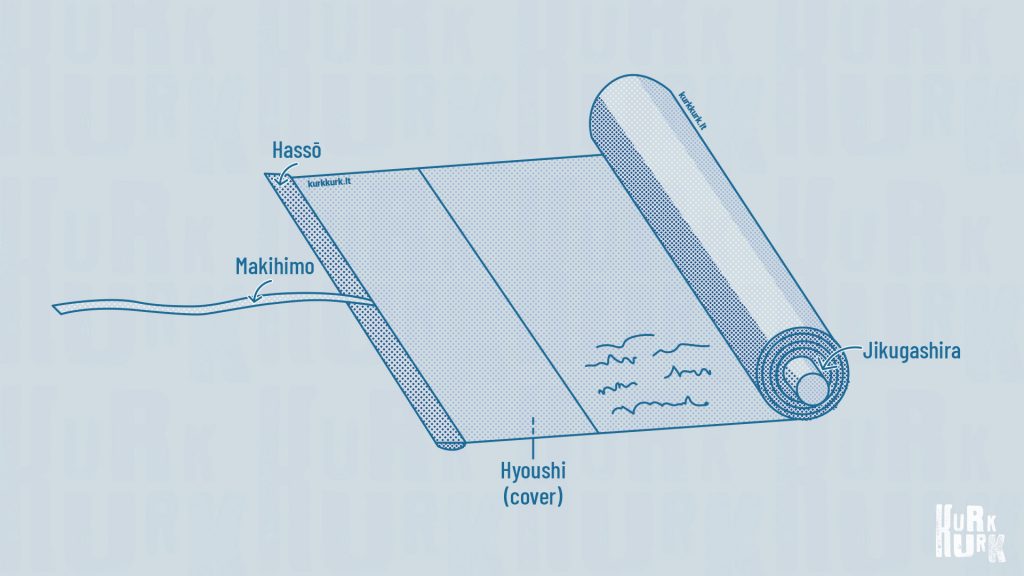
Scroll is the oldest paper book format. The first scrolls reached Japan from China and were very valuable because they contained Buddhist teachings and other important texts. In Japan, this method of binding is recognised as prestigious and has been used for official and formal texts.
Unlike a book, we can see a larger area of text in a scroll. Hence, this format was suitable for drawing illustrations, charts, or diagrams. On the other hand, it is harder to find a specific section of text in the scroll and it must be neatly wrapped around the roller each time you finish reading. Nevertheless, these features only added to the prestige and uniqueness of this format.
Orihon binding
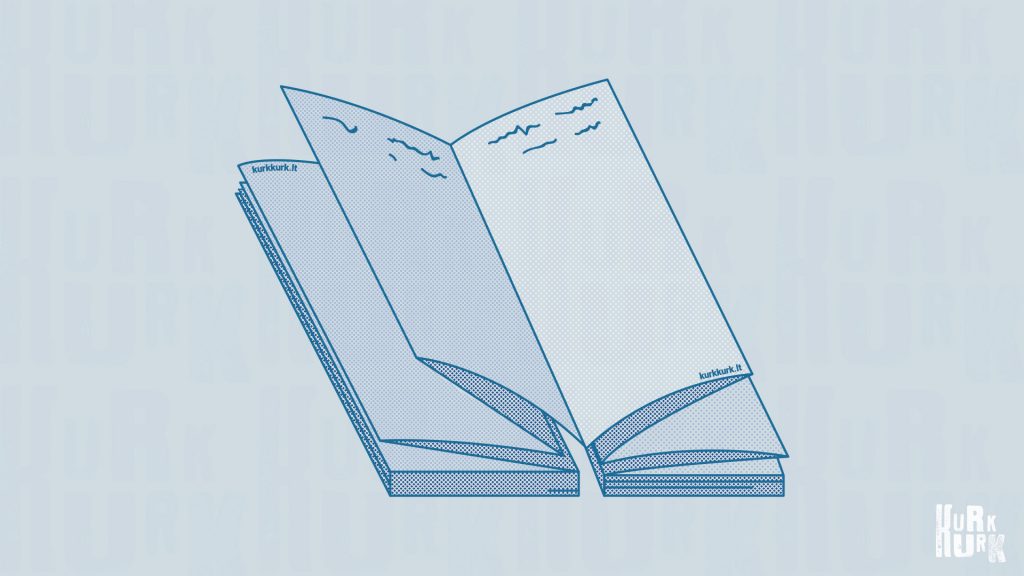
Another widely used bookbinding method in Japan is orihon (accordion-style binding). As with the scroll, the sheets of paper are glued together in a long strip, but the roller is not fixed at the end of the strip. Instead, this long strip of paper is folded repeatedly on itself like an accordion. The covers are glued on both ends of the folded strip. This format of a book looks the same from both sides, so the text was often written on both sides.

An accordion-style book is far more practical than a scroll, because it doesn’t have to be wrapped. The sheets fold neatly back into their original position. Books of this format were mostly used for genealogies, travel guides, manuals. As with the scroll, in orihon style book you can see a larger area of text or image at once. Pages in this book retain flat when opened – you don’t need to press pages down with your hand.
Detchōsō binding
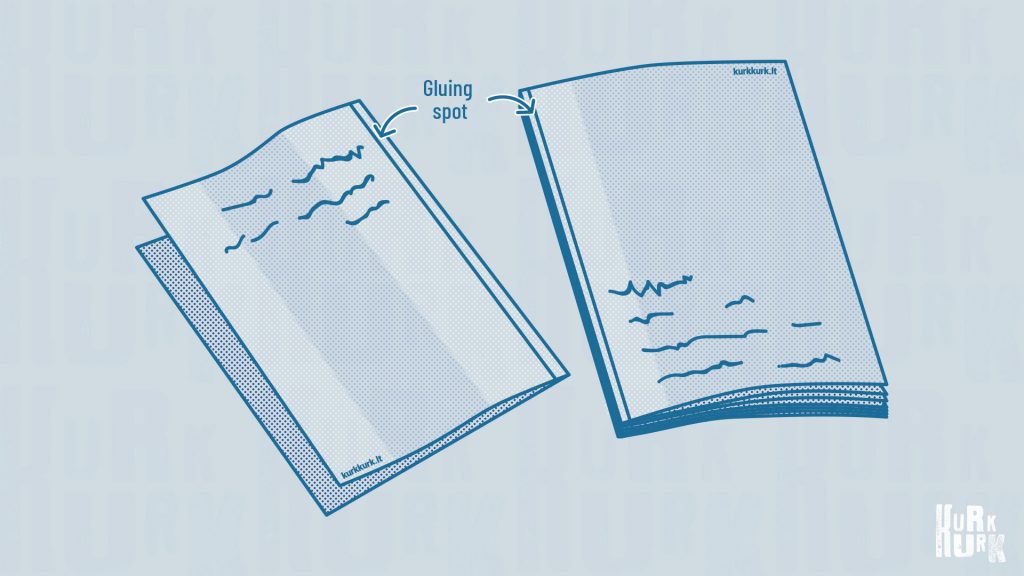
In oriental style binding, individual sheets of paper are folded in half, then stacked on top of each other and pasted together near the fold. This style has a distinctive feature – pages that have been pasted together do not open completely. Meanwhile, the non-glued side of the page opens completely.

In the ninth century, the famous monk Kukai brought a collection of books called Sanjūjō sasshi to China. These books were bound in a detchōsō style.
It is believed to be the most ancient of the book-style formats.
Oriental style books need a lot of glue which after a long period of time rubs off and no longer holds the shape of the book. As a result, this method became obsolete in the 13th century.
Tetsuyōsō binding
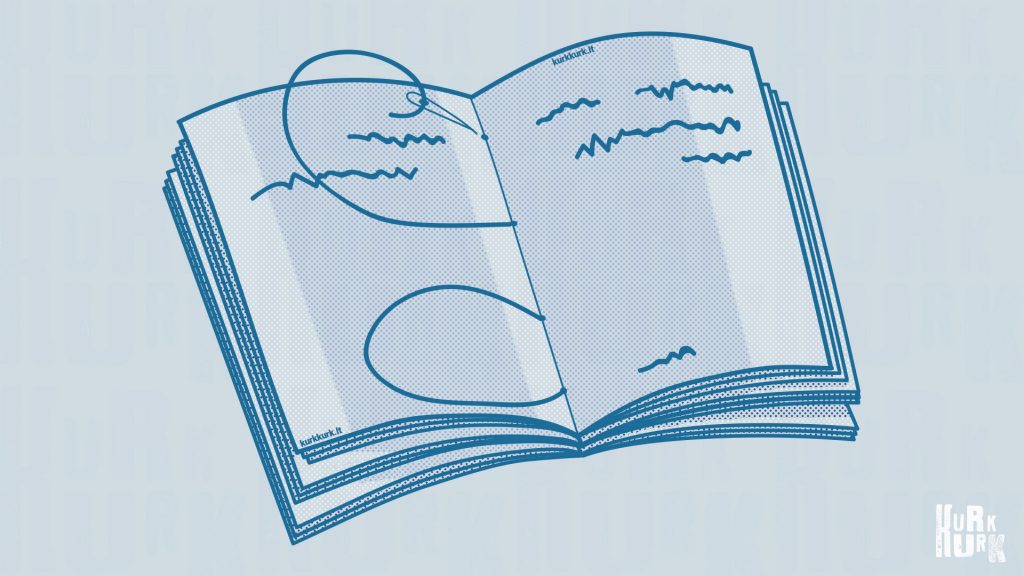
In Tetsuyōsō style binding, seperate pages are gathered into booklets (each booklet consists of approximately five pages). Later, holes are made in each booklet by the bending point. Then, using the thread, individual booklets are joined together to form a book block. Finally, a cover is attached on both sides of the book block.
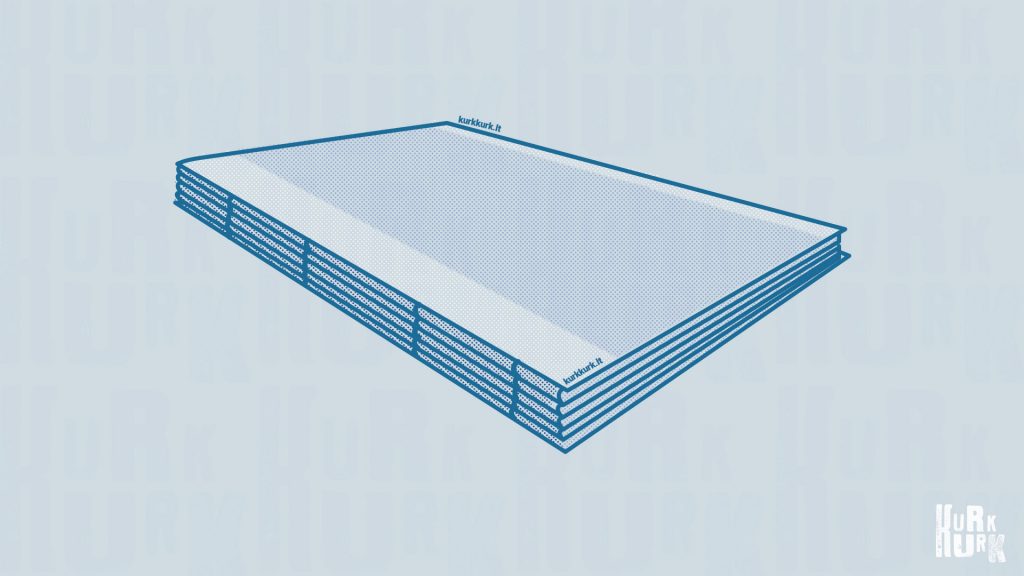
This method of bookbinding was widely used in Japan from the end of the Heian period to the Edo period. For a long time it was believed that this method was invented in Japan, but in 1900 books of this style were found in Dunhuang Caves in China. All of these books date back to the
Tang Dynasty period (7th century AD), which proves that the Tetsuyōsō style binding originated in China.
Surprisingly, this style did not become popular in China itself, but it was so widely used in Japan that it was thought to be a Japanese invented method. The Tetsuyōsō style was mostly used to bind tales and poetry books.
Fukurotoji binding
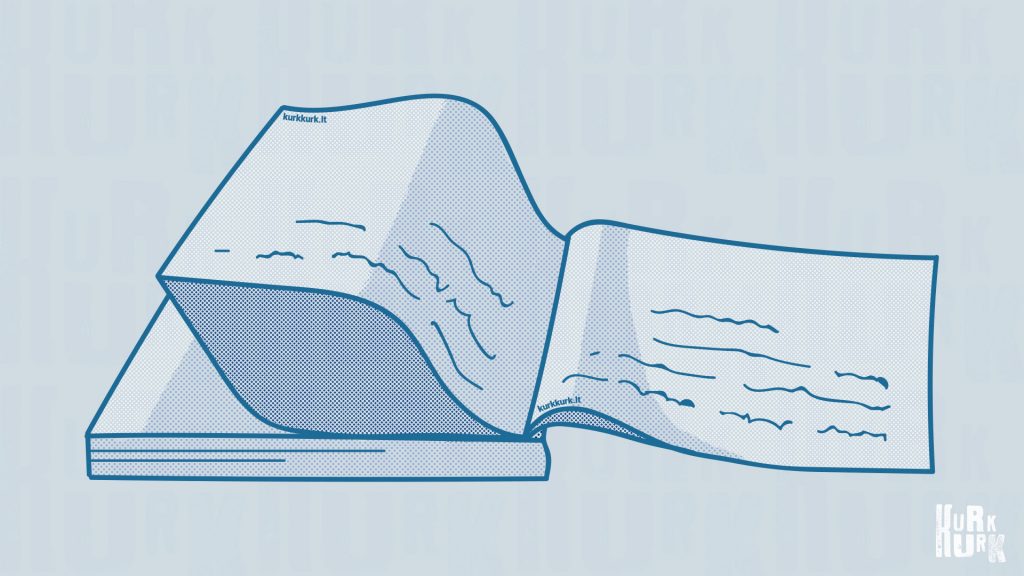
The last bookbinding style – fukurotoji was the most popular in Japan. Most books were produced using this particular method. Fukurotoji was also used to bind books printed in China and Korea. As with detchōsō and tetsuyōsō, the sheets are first folded in half – only the bending point of the book is different. In fukurotoji binding, the bending point is pulled away from the spine. Folded sheets are bound from the edges so that each sheet forms a pouch when the book is opened. As a result, the text is only written on the front side of the each sheet. Sometimes this type of book was made with pre-used paper (such as letters). This way only the clean side of the paper was used to write text.
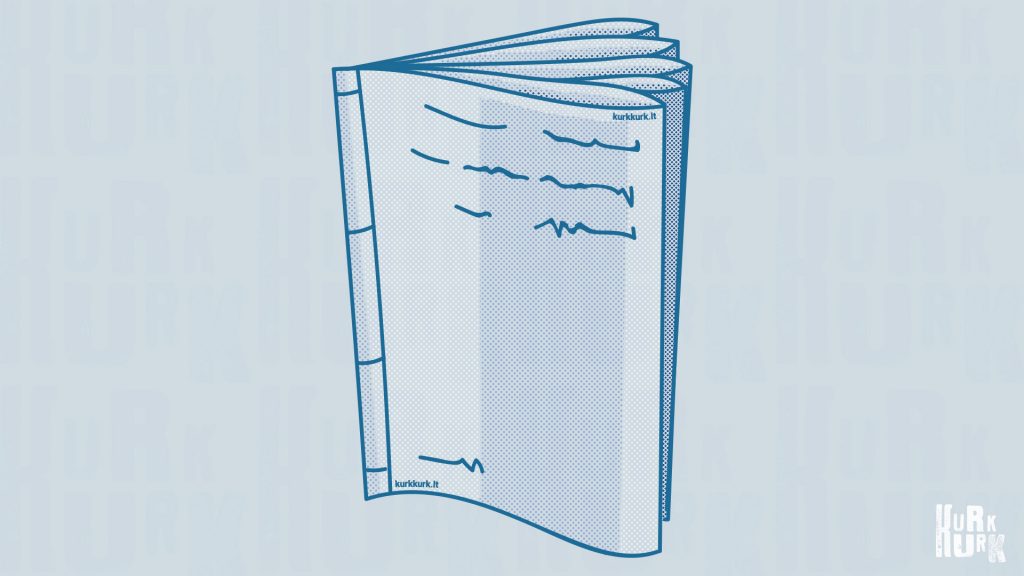
The oldest examples of this style date back to the 13th century. Despite that, it became widely used only in the 15th century. With the rise of commercial printing in the 17th century, the popularity of fukurotoji grew even further and is still in use today.
Less common binding methods:
- Tatamimono (fold-up books) binding. In this method, several smaller sheets of paper are glued together to form one huge sheet. Then, it is folded vertically and horizontally (like a map) and the covers are glued.
- Tan’yōsō (single leaf binding) binding looks a lot like fukurotoji, but instead sheets are stacked on top of each other without being folded and then bound.
- Musubitoji (knot binding) binding. A pair of holes are punched through the book’s block near the spine. After that, a thread is pulled trough these holes from the bottom of the book block and the knots are tied at the top.
- Hōhaisō (wrapped-spine binding) binding. Instead of the usual two covers (front and back) one long strip of material is used to wrap around the three sides of the book block – front cover, spine and back cover.
As you can see, Japan has a large variety of bookbinding techniques that give books a distinctive shape and correspond to its content and purpose. Some bindings require extra care and diligence, while others are simpler and easier to learn.
If you are interested in these bookbinding styles and would like to try them yourself, we invite you to contact the Kurk Kurk team at [email protected] and participate in our creative workshops!
You can find out more about Kurk Kurk activity by reading our blog articles. Please visit our page and like us on Facebook or Instagram for updates. Until next time!
Information sources:
futurelearn.com
Popular articles

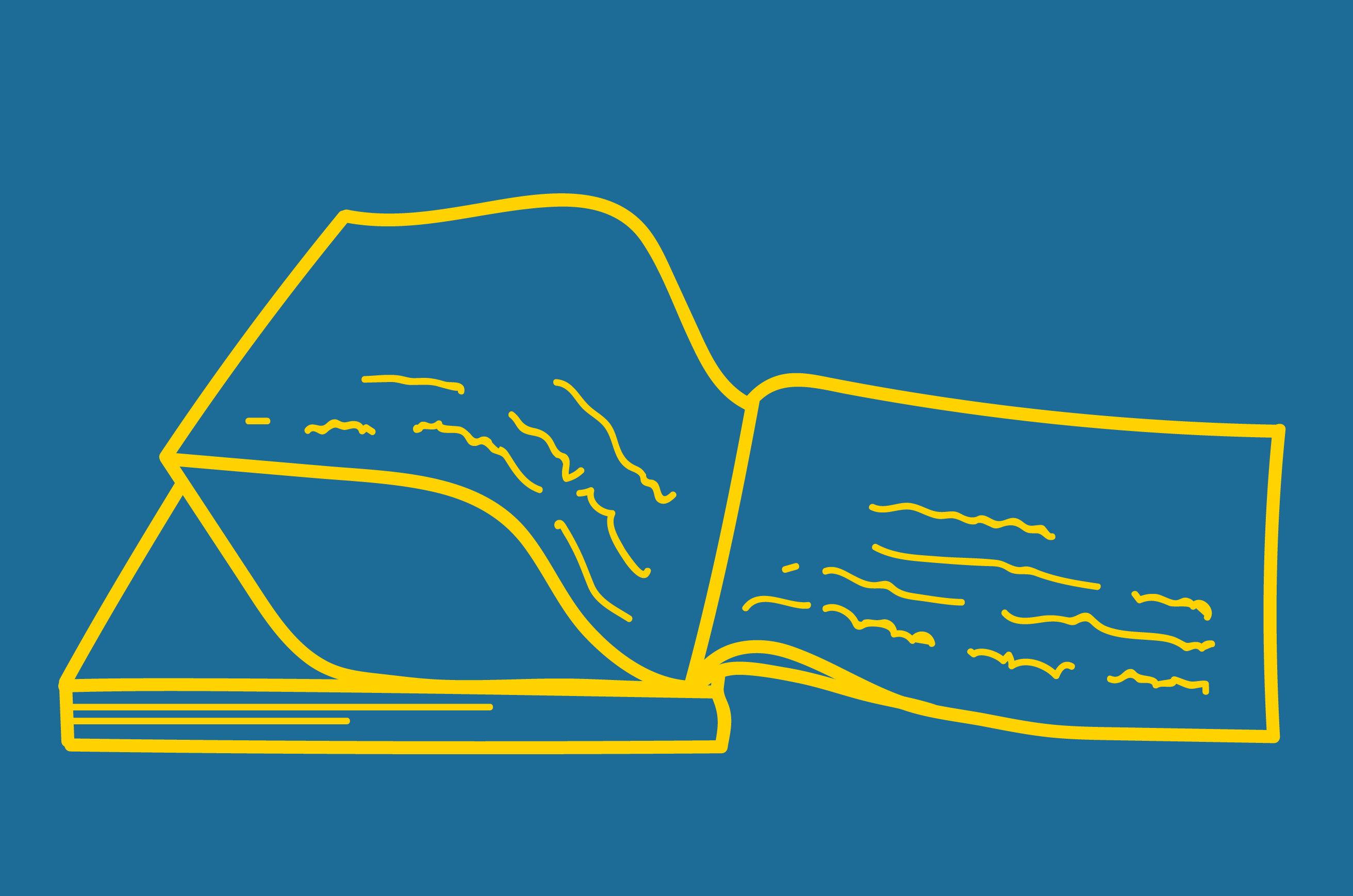;)
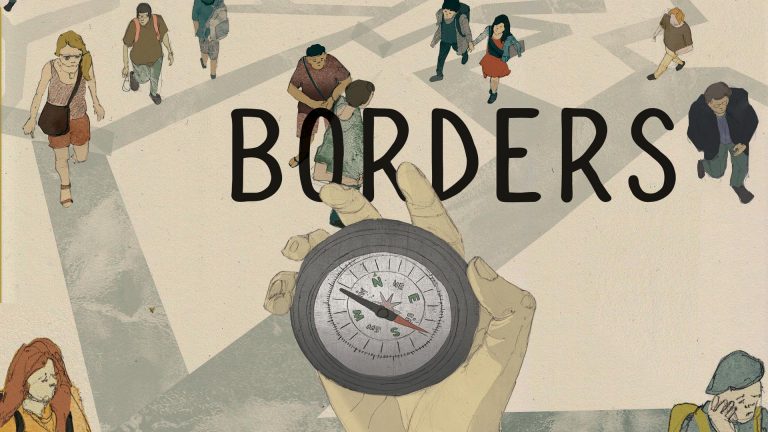
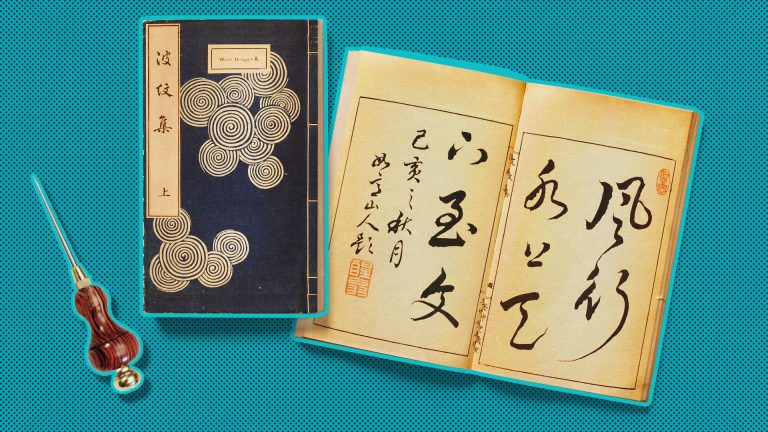
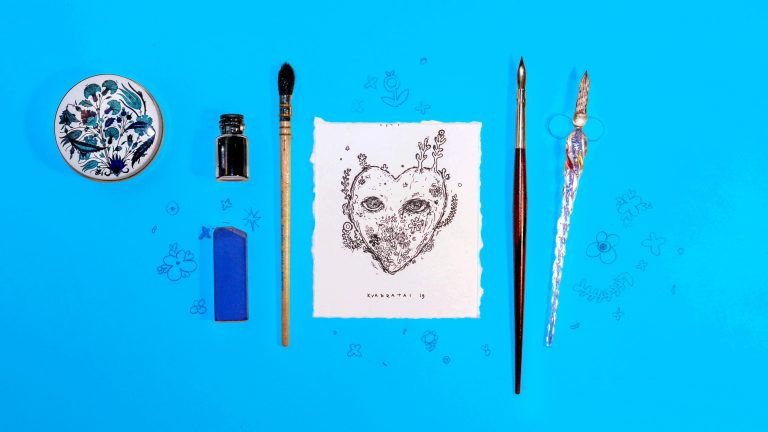
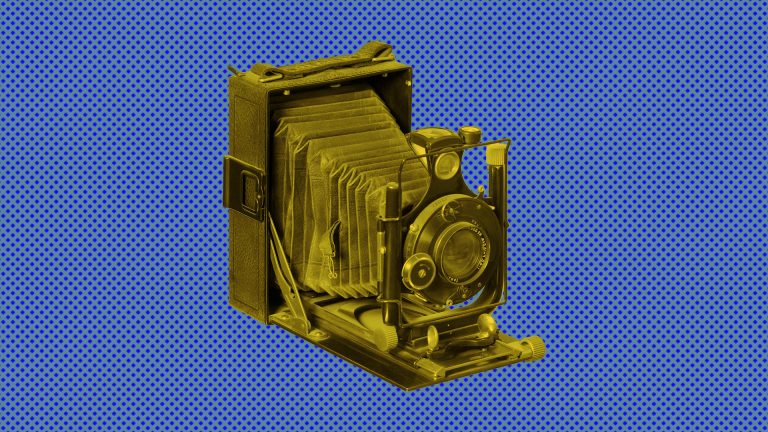
Comments